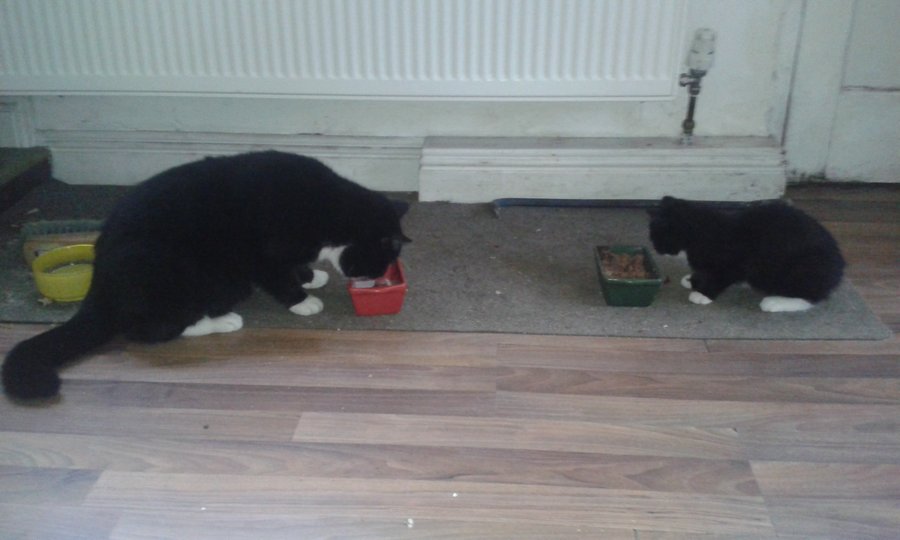Just had a quick look and didn't find much on STDs in cats.
FIV is mostly transmitted through bites according to the Cornell Feline Health Center but sexual contact is not a major means of spreading FIV. That makes sense because I know of neutered indoor cats who have contracted the disease.
The CFHC say that cat-to-cat transfer of the leukemia virus may occur from a bite wound, during mutual grooming, and (though rarely) through the shared use of litter boxes and feeding dishes. Sexual contact is not even mentioned in the article.
One disease that I suspect is common in my area is Herpes, about which pets webmd says: The most common way for the herpes virus to spread is through contact with discharge from an infected cat’s eyes, mouth or nose. Cats can catch this virus by sharing litter boxes, food and water dishes with an infected cat, as well as by mutual grooming. An infected pregnant cat might also pass the virus on to kittens who are still in the womb. Because the virus is highly contagious, it is common in catteries, shelters and multi-cat households.
These articles don't site studies, but assuming for lack of better info that they are correct, any cats that are in contact with other cats are at risk, and what many people refer to as 'STDs' are actually much more likely to be contracted through non-sexual contact.
FIV is mostly transmitted through bites according to the Cornell Feline Health Center but sexual contact is not a major means of spreading FIV. That makes sense because I know of neutered indoor cats who have contracted the disease.
The CFHC say that cat-to-cat transfer of the leukemia virus may occur from a bite wound, during mutual grooming, and (though rarely) through the shared use of litter boxes and feeding dishes. Sexual contact is not even mentioned in the article.
One disease that I suspect is common in my area is Herpes, about which pets webmd says: The most common way for the herpes virus to spread is through contact with discharge from an infected cat’s eyes, mouth or nose. Cats can catch this virus by sharing litter boxes, food and water dishes with an infected cat, as well as by mutual grooming. An infected pregnant cat might also pass the virus on to kittens who are still in the womb. Because the virus is highly contagious, it is common in catteries, shelters and multi-cat households.
These articles don't site studies, but assuming for lack of better info that they are correct, any cats that are in contact with other cats are at risk, and what many people refer to as 'STDs' are actually much more likely to be contracted through non-sexual contact.






